Looking for places to visit in Vietnam for your next vacation? The Land of the Blue Dragon has so many stories to tell to any traveller who takes the time to know more about it. It is a nation that has broken off from the clutches of imperialist power many times throughout history. Since it gained independence from the Chinese empire in 938 CE, Vietnam has forged its identity as an infallible and productive country.
Visit these Vietnam historical places for enriching insights about this fascinating country.
Also read: Hanoi or Ho Chi Minh: Which City in Vietnam Is Perfect for You?
UNESCO World Heritage Sites in Vietnam to learn about history and culture
1. Travel back in time by visiting Hội An
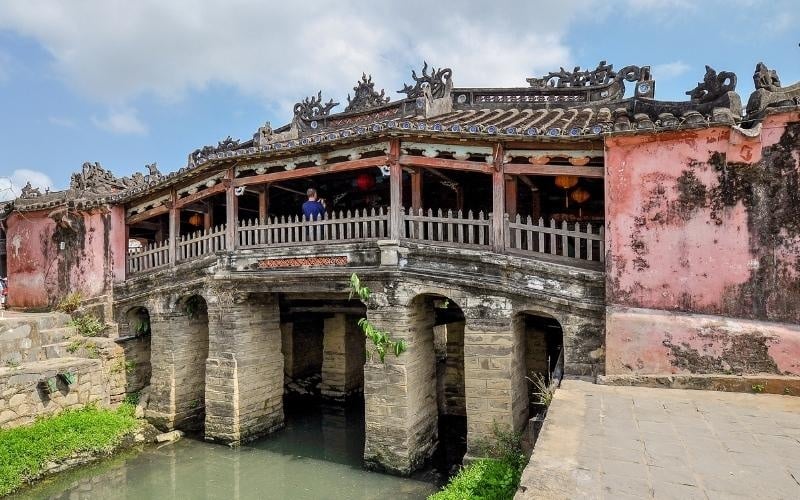
Image credit: jejim via Canva Pro
One of the most remarkable Vietnam historical places is the ancient city of Hội An. Its preservation is pristine, to say the least, as it retains its functionality since its founding back in 1595. The Sino-Vietnamese translation for Hội An is “peaceful meeting place” and it mainly served as a trading port for the country.
Being a prolific centre of trade throughout Southeast Asia, Hội An is no stranger to a multitude of influences from other countries. In fact, it welcomed settlements composed of multiple cultures. The Japanese community, in particular, built a bridge which connects them to the Chinese community between the 16th and 17th centuries. Since then, the bridge became a symbol of their friendship and an icon of the city.
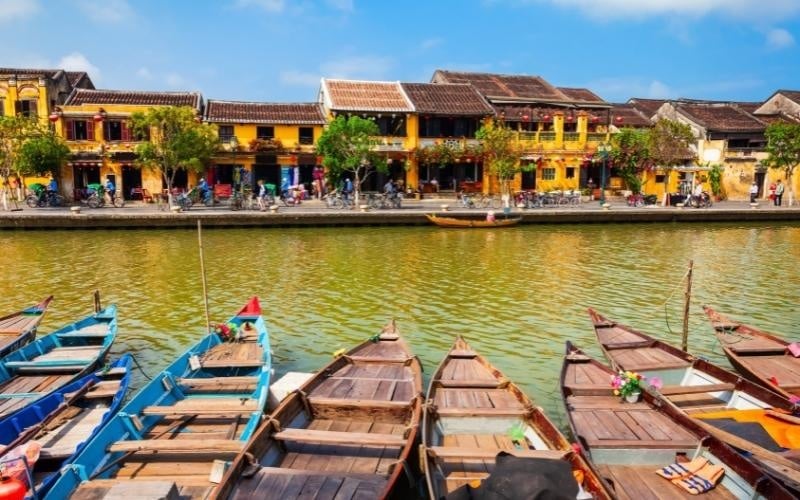
Image credit: Andrey Khrobostov via Canva Pro
This mercantile city is known for its ceramics and went on to become a major trading port in all of Asia. For a time, Hội An was the capital of trade. It was so prolific that artefacts from shipwrecks suggest that their products reach as far as Egypt. Visitors can still see their superior craftsmanship alive and thriving through shops in the city. From bronze casting and woodwork to, yes, ceramics, their traditions have definitely stood the test of time.
2. Meditate in the ruins of Mỹ Sơn Sanctuary
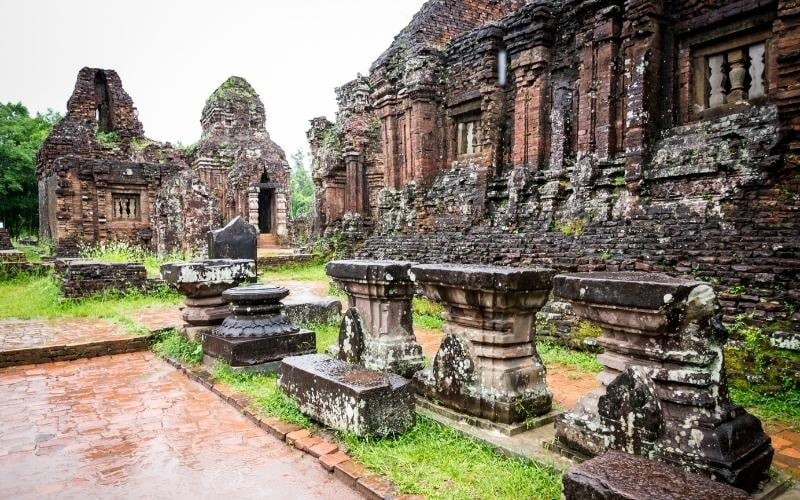
Image credit: chrisinthai via Canva Pro
There is an untold air of reverence whenever you see the structures of Mỹ Sơn Sanctuary. It’s as if its walls could speak without a voice. Whatever you may feel when visiting this UNESCO World Heritage Site in Vietnam, the story it tells is incomparable.
It is a must that you get to visit Mỹ Sơn Sanctuary should you want to learn about Vietnam culture and history. For one, this Hindu temple complex was built by an indigenous group of people from South Vietnam. The kingdom of Champa had it constructed sometime between the 4th and 13th centuries, and is dedicated to the Hindu god Shiva. The Cham people consider this site as a centre for their spirituality and politics.
There are at least 70 structures erected on the site and each group of temples displays a different style derived from Cham architecture. Some of them sustained partial damage from numerous wars that Vietnam has gone through. Nevertheless, it still stands strong as a symbol of the firm faith of the Cham people
3. Find resolve and fortitude inside the Imperial City of Huế
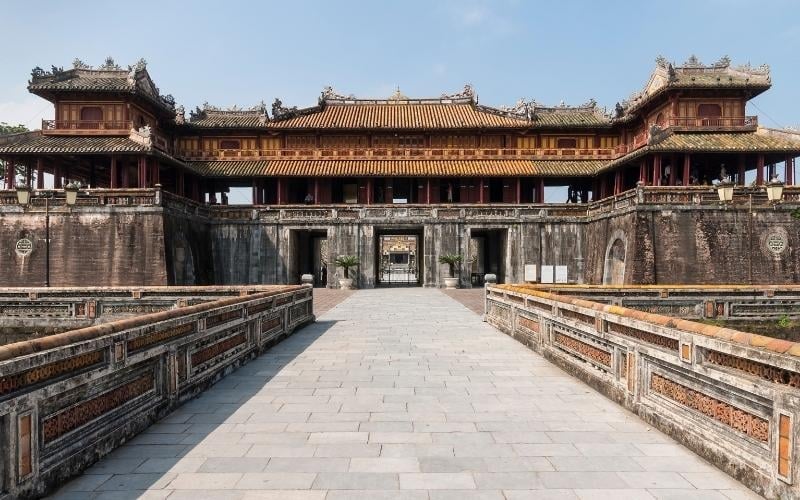
Image credit: CEphoto, Uwe Aranas
What could be more of a bulwark of Vietnam culture and history than the Imperial City of Huế? It is the former capital of the country, after all. Apart from being another UNESCO World Heritage Site, it is a testament to an invaluable chapter of Vietnam’s history.
Gia Long of the Nguyen Dynasty had the imperial city constructed back in 1805. Thousands of workers were employed by royalty to construct this city and its notable fortifications, such as its walls, ramparts, and moats. Its construction concluded in 1832 under Gia Long’s descendant, Minh Mang.
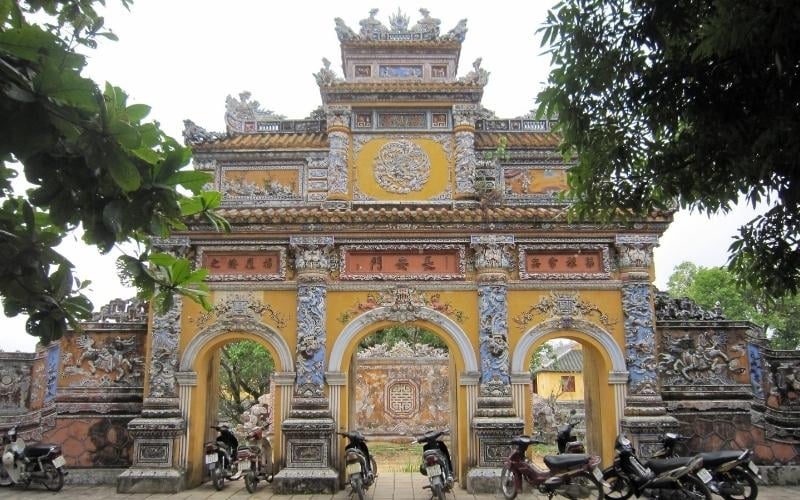
Image credit: AG Gilmore
Right in the middle is the Purple Forbidden City, where the royal family took residence and was the main avenue of administrative duties at the time. This walled city, which was more of a walled fortress, served as Vietnam’s capital and thrived for 140 years until the French invasion.
While visitors can freely wander or tour the entire ancient city and the not-so-forbidden palace today, some of its parts are far from their original state. That’s because some of the structures were destroyed by bombings from the United States Army during the Vietnam War. Luckily, most of the renovations and restorations concluded back in 2015.
Also read: 12 Underrated UNESCO World Heritage Sites That Should Be On Your Travel Bucket List
Insightful cultural attractions in Vietnam
4. Stock up on wisdom in The Temple of Literature
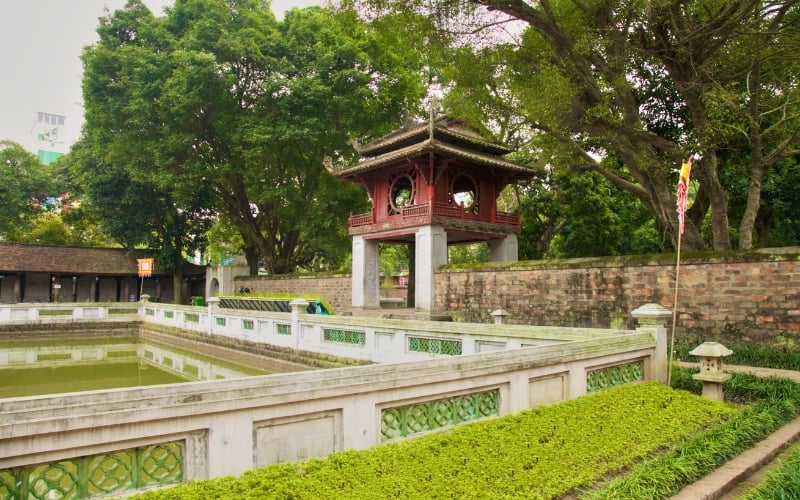
Image credit: Pioneron via Canva Pro
One of the best places to visit in Vietnam is not just beautiful, it also happens to house a wealth of knowledge. Located in Hanoi is The Temple of Literature, a Confucian temple that is also home to the Imperial Academy. With a name like that, the temple is bound to have an interesting history behind it.
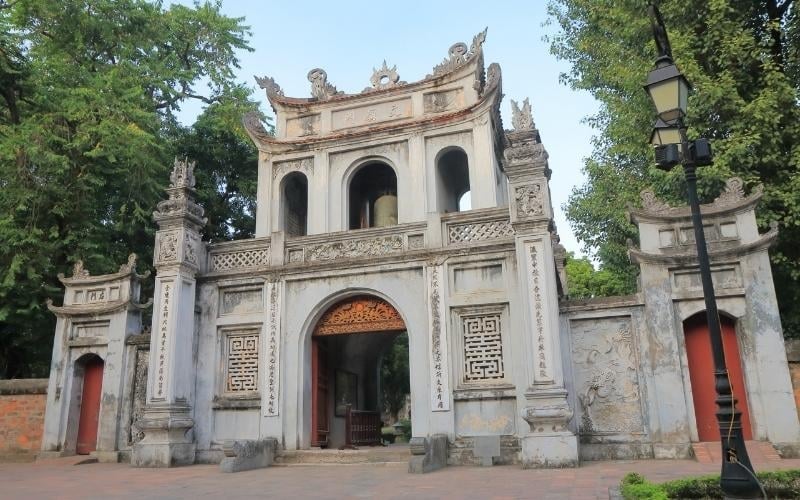
Image credit: TkKurikawa via Canva Pro
King Lý Thánh Tông had the temple constructed back in 1070, while the Trần dynasty that followed maintained its design as years went by. It shares the same temple layout as the one in Qufu, Shandong, where Confucius was born. By 1076, the Imperial Academy opened its doors to the Vietnamese elite. However, its prominence faded away when the Imperial City of Huế became the new centre for education among bureaucrats and scholars.
Should you visit the temple, be sure to look out for the doctor’s stelae found in its courtyards. The information depicted in these stone tablets serve as valuable historical accounts of the activities during the temple’s peak. Try and read these stelae if you see them!
5. Eat on a gentle cruise along the Cái Răng Floating Market
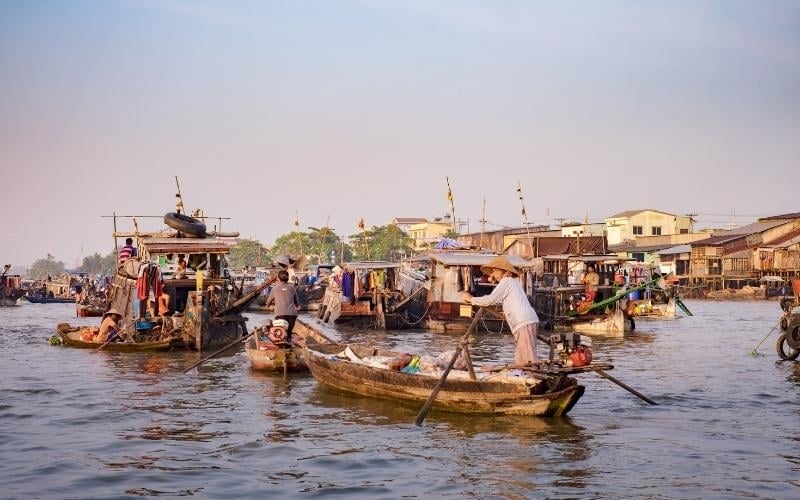
Image credit: dmytrogilitukha via Canva Pro
It’s not unusual to associate Vietnam culture and history with floating markets. Gordon Ramsay’s culinary discovery on YouTube practically turned it into a global sensation. But even without Gordon’s approval, Cái Răng’s floating markets deserve the fame.
Cái Răng’s river comes alive once the floating markets assemble. Various wares are sold and peddled and are sometimes offered as bargains. But one thing you shouldn’t miss out on in Cái Răng, as Gordon stressed, is the food. Aside from the famous bowl of hủ tiếu, tourists can also eat delicious bread and coffee while watching boats zip along the Mekong Delta. Who knew that an experience of a lifetime can be this simple?
Also read: 10 Best Vietnamese Food That You Have to Try
Museums you should visit while in Vietnam
6. Learn the stories inside Côn Đảo Prison Complex

Image credit: Paul Arps
To say that the history of Vietnam is bloody would be an understatement. It seemed that throughout history, one war followed the other without too much of a respite. But for people to truly learn from Vietnam culture and history — or any other country’s culture and history for that matter — these stories must be confronted, no matter how tragic.
Going through Côn Đảo Prison Complex is tough. Built by the French in 1861, this island prison was run by the colonial government. They handed control over to the US-backed South Vietnam in 1954. These colonial governments used the prison for the same purpose: to detain potential threats. It goes without saying that prisoners here were tortured and deprived of basic needs. The infamous “tiger cages” are proof of this. These are compact spaces below the ground where prisoners can barely move and are kept like animals.
To help visitors understand the conditions of prisoners inside the cells and cages, life-sized mannequins are there to provide context. It can be disturbing, but the prison bars alone tell a much clearer story than ink on a history textbook.
7. Take a look at the military memorabilia found inside the War Remnants Museum
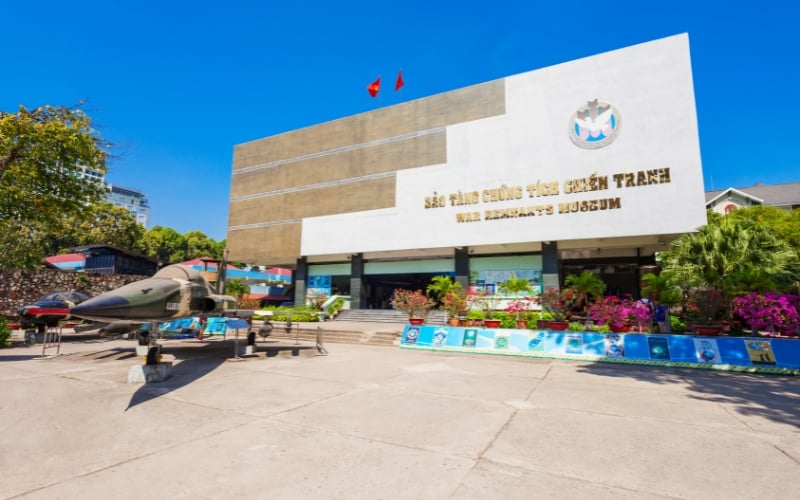
Image credit: Andrey Khrobostov via Canva Pro
As we’ve said, many wars began and ended in Vietnam. Its repercussions are still felt to this day and have continued to influence many world events ever since. With these many conflicts, it would be convenient to have substantial accounts of the war compiled in the same place. This is what the War Remnants Museum in Ho Chi Minh City can offer to those interested in learning more about history. It is definitely one of the best places to visit in Vietnam, as it has an extensive archive of the war’s atrocities.
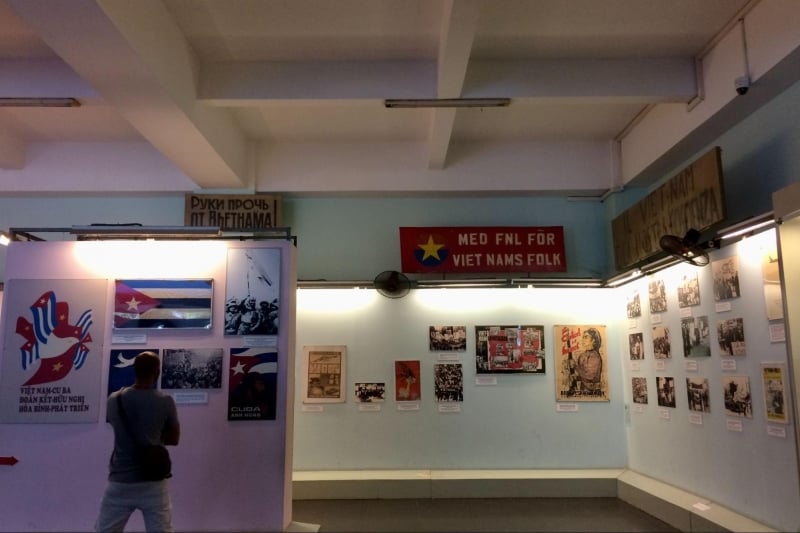
Image credit: Marcy Miniano
The War Remnants Museum houses exhibits and memorabilia from most of the wars that Vietnam has gone through. From the First Indochina War against France up to the Vietnam War against the USA, visitors can observe aircraft, artillery, and armour much closer. For human conditions during the war, replicas of prison cells and photographs of pivotal events are also on display.
There are also exhibits pointing out the effects of Agent Orange and napalm on countless locals during and after the war. Vietnam had a tragic history and the War Remnants Museum ensures that generations will learn of their struggles and triumphs.
Places to visit in Vietnam for an experience beyond compare
8. Climb the Cannon Fort for a breathtaking view
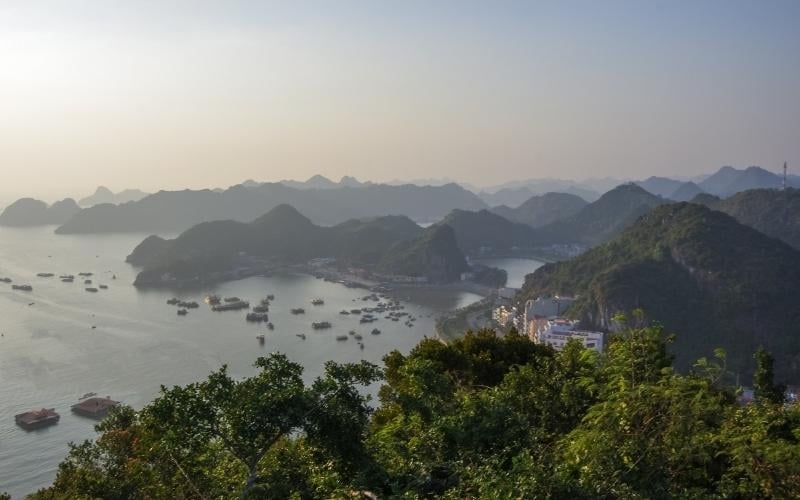
Image credit: IgorDymov via Canva Pro
The Cannon Fort on Cát Bà Island held a strategic advantage for the Japanese when they briefly occupied Vietnam during World War II. It granted their military vantage points against enemies coming from the sea. The natural encroachment around the fort also acted as cover and protection from infiltrations. Since then, it has served the French military during the Indochina War, as well as communists at the height of the Vietnam War.
The fort has three points that you can visit and, if you temporarily take out the context of war, the views are amazing. Not only that, it easily gives you an overview of Cát Bà’s landscape. There is a cafe on the fort which serves refreshments for tourists, too. You can enjoy coffee while taking in a panoramic view of hills and seas.
9. Walk inside the Củ Chi Tunnels

Image credit: ViewApart via Canva Pro
The Viet Cong were known for their incredible skill in guerilla warfare. This skill carried them through the war and to a successful defence against imperialists. One such structure that was crucial to their strategy is the use of tunnel networks.
The Củ Chi Tunnels were built in the 1940s in an effort to launch offensives against the French and, later, the Americans. It ran for at least 75mi and had elaborate functions perfectly designed for guerilla warfare. It acted as a communication network, bomb shelter, and shortcut for easier routes. The tunnel system proved too much of a nuisance to the US army that they had a campaign to destroy these networks, but to no avail.
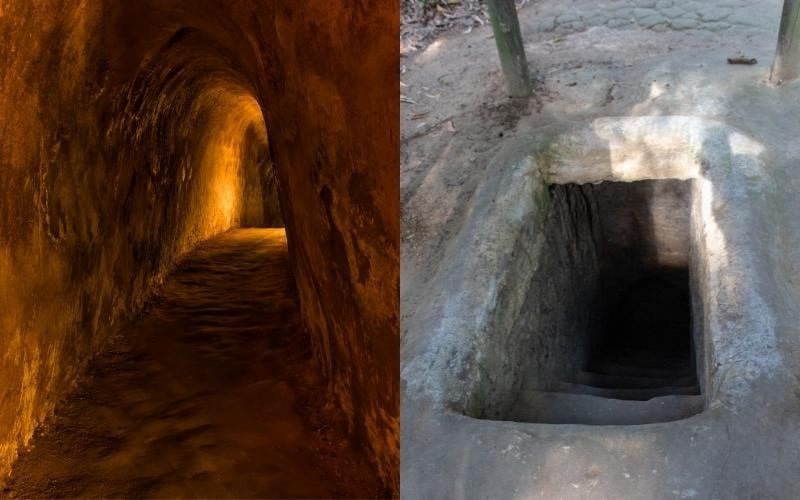
Image credit (L-R): ViewApart, LipKee Yeo via Canva Pro
Today, it is a war memorial that receives gradual restorations for tourism. Low-power lights are strewn inside the tunnel for easier traversal, while the conference rooms that the Viet Cong used have been reconstructed. Visitors can enjoy a simple meal inside these rooms to emulate what a day in the life of a Viet Cong is like.
10. Visit the Reunification Palace for a snapshot of history
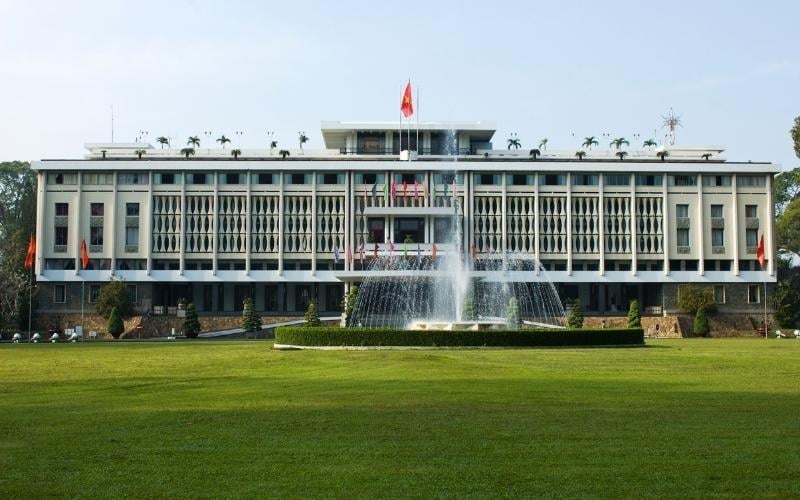
Image credit: CWLawrence via Canva Pro
A lot of people consider The Reunification Palace in Ho Chi Minh City as one of the most important places to visit in Vietnam. With its historical relevance, it is hard to argue otherwise.
The Reunification Palace started out as a property for a French ambassador-general, before it was expanded as the presidential palace of South Vietnam. It suffered many attacks, including a bombing attempt to assassinate then-president Ngô Đình Diệm by his own men, which destroyed most of the colonial design. It has since adapted to a more Brutalist-inspired design during its reconstruction.
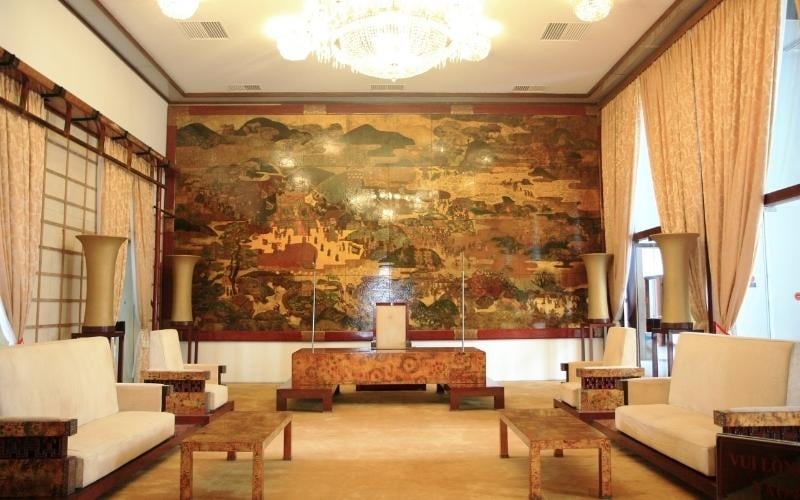
Image credit: Andrea S
Rooms inside the palace are highly specialised. While there are rooms for meetings and administrative offices, there is also a room for card games, its own mini-theatre, and a rooftop nightclub. Maybe Hollywood should consider shooting the next James Bond film here.
A North Vietnamese tank drove through the palace gates back in 1975 and the incident is remembered today as the Fall of Saigon.
Also read: 10 Airbnbs in Ho Chi Minh City That Are Both Stylish & Wallet-Friendly
These Vietnam historical places only scratch the surface. If you explore far enough, the Land of the Blue Dragon has so much more stories to tell. They can be tough to go through, but their resilience provides an inspiring lesson that people should treasure long after leaving Vietnam.
Featured image credit: Roman Amateis via Canva Pro
Facebook image credit (right): rchphoto via Canva Pro




